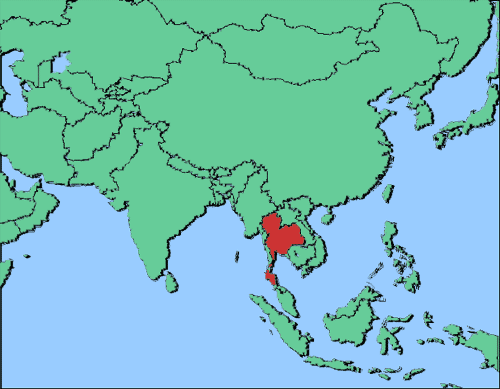
Circle the area on this map

D. Myanmar, also known as Burma, borders Thailand on the north and west. Thailand is bordered to the north and east by Laos; to the southeast by Cambodia; and to south by Malaysia.
C. Asia’s monsoon rains are caused by the seasonal reversal of prevailing winds which bring moisture-laden air from the ocean onto the land. A derecho is a widespread, long-lived, straight-line wind storm. A haboob is an intense dust storm, and a typhoon is a severe tropical storm in the northwestern Pacific.
A. According to the 2010 census, 93.5 percent of the nation’s people identify themselves as Buddhists, 4.9 percent as Muslim, 1.2 percent as Christian and 0.06 percent as Hindu. The assistant coach used his training as a former novice Buddhist monk to help the team stay calm through meditation.
B. Limestone is a sedimentary rock, composed mainly of skeletal fragments of marine organisms such as coral, forams and molluscs.